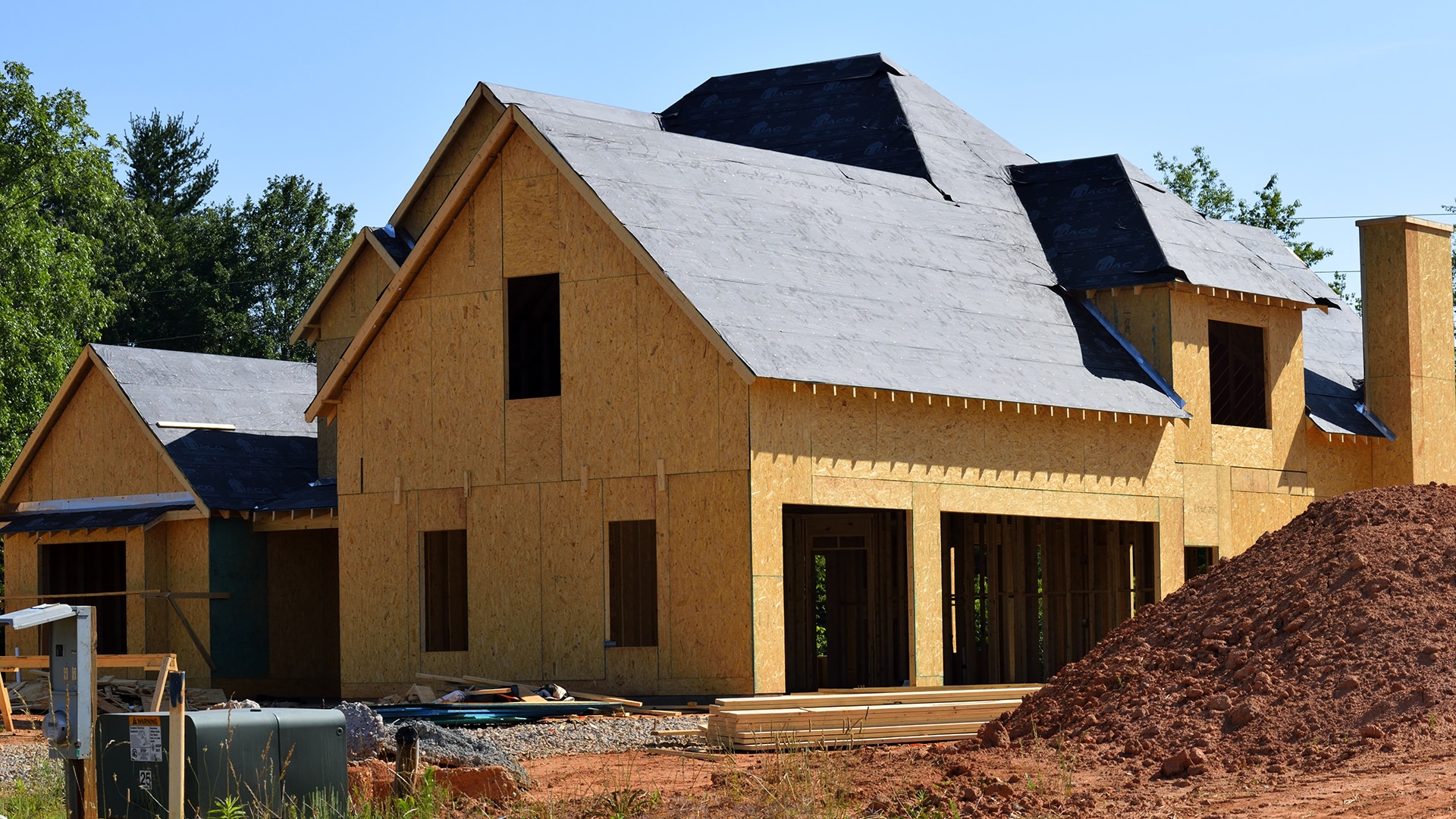While thinking about the experience of building a new home, various factors must be considered that can greatly impact the process. In this context, local regulations are crucial as a crucial element that future homeowners must navigate. Understanding zoning laws, building permits, and multiple municipal codes can not only alter the duration of your project and also your overall cost and design choices. New home development is a wish for numerous people, but local regulations can frequently turn that dream into a complicated puzzle that calls for careful consideration and expertise.
As you embark on this exciting adventure, it is crucial to be aware of how these local regulations may influence each aspect of your build. From selecting the right floor plan to understanding the costs associated with construction, being knowledgeable will allow you to make wise choices along the way. In this document, we will discuss the important factors related to new home construction, including design trends, financing, and the construction approach, all while recognizing the vital role that local regulations play in shaping the home you envision.
Schedule and Preparation for Home Development
Preparing for a residential building project begins with grasping the timeframe involved. Generally, the entire process can last multiple months to over a year, depending on multiple variables such as the difficulty of the plans, building codes, and environmental factors. At first, homeowners should reserve time for picking a location, creating a floor plan, and securing financing. Every one of these steps is essential in establishing the basis for a successful build.
After the preparation stage is finalized, the actual building schedule can be split into stages. Once acquiring the necessary permits and clearances, the foundation work will begin, followed by structural framing, roof work, and setting up utilities. It is crucial for homeowners to keep updated about all stages, as delays can occur due to issues with permits or surprising site conditions. Regular communication with construction teams can help manage these complications efficiently.
Minimizing potential holdups also calls for proactive planning. Homeowners should prepare for likely setbacks by allowing extra time in their timeline for inspections, climatic interruptions, and inventory shortages. This planning can considerably lessen the stress associated with the construction process. By grasping the timeframe and having a organized planning method, homeowners can ensure their home building project stays as streamlined and effective as possible.

Opting for the Appropriate Materials and Style
Deciding on the right materials and design for your new home is a critical step in the construction process. It affects not only the aesthetic appeal of the house but also its longevity, maintenance costs, and energy efficiency. Start by thinking about the regional climate and how different materials perform under various weather conditions. For instance, if you live in an area prone to extreme weather, durable materials such as brick or composite siding may be preferable. Additionally, using sustainable materials can enhance your home's eco-friendliness and reduce utility costs in the future.
Design trends are also essential to take into account, especially as consumer preferences continue to evolve. Current styles suggest a shift towards open concept layouts, which facilitate better flow between living spaces and promote social interaction. However, this style might not suit all preferences, so evaluating the benefits and drawbacks of open versus traditional designs is advisable. Moreover, incorporating https://mccray-frantzen-2.hubstack.net/eco-friendly-practices-in-new-dwelling-development and energy-efficient designs are increasingly favored, appealing to modern homeowners who appreciate technology and sustainability.
As you finalize your decision, consider consulting a professional architect or designer who can help you create a unified vision that matches with your lifestyle. They can provide insights on how to balance practical requirements with visual goals, ensuring that your home reflects your personality while meeting practical demands. By thoughtfully picking materials and designs that suit both your tastes and functional requirements, you will set the groundwork for a home that you will cherish for years to come.
Funding Your Home Building Project
Financing a new home build necessitates thoughtful preparation and consideration of multiple possibilities. A majority of buyers explore building loans, which differ from conventional loans in that they disburse funds in increments based on the development of the build. It is important to secure pre-qualification from a financial institution, as it will give you a specific financial plan and help you evaluate various funding choices. Additionally, understanding the terms of your loan and any potential charges will ensure that you are completely prepared for the financial commitment involved in constructing your house.
Another aspect, to consider is allocating funds for various costs associated with new construction. Beyond just the loan amounts, it's crucial to account for site acquisition, licensing fees, utility connections, and outdoor design. It is often suggested to set up a emergency budget to cover unexpected expenses that might arise during the construction process. Therefore, a detailed financial outline will not only keep financial stress at bay but will also help you decide wisely throughout the process.
Finally, consider the advantages of collaborating with financial professionals who are knowledgeable about construction loans. They can help you steer through the challenges and find the most suitable financing options suited for your specific needs. Don't feel reluctant to ask questions about the financing options at hand, interest rates, and payment schedules. A comprehensive knowledge of your financial situation will lead to a more seamless construction experience and help you attain your desired home without going over your financial limits.
